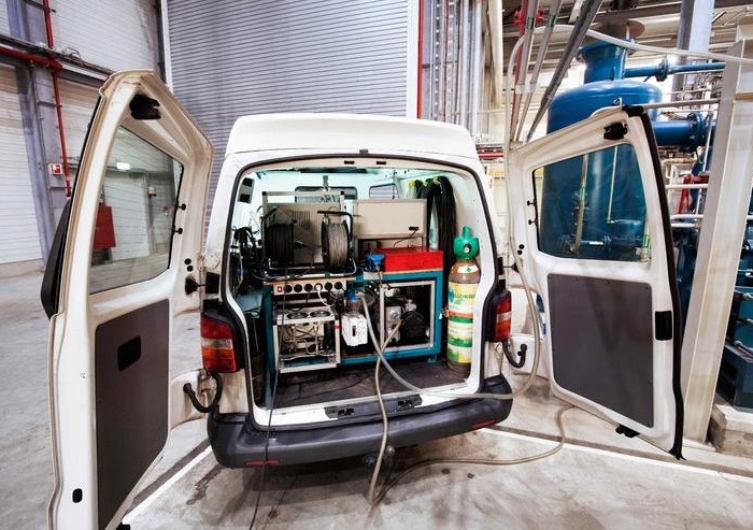- Direct-pressure bubble leak testing
- Vacuum-box bubble leak testing
- Halogen diode detector probe testing
- Pressure-change testing
- Helium mass spectrometer detector-probe, tracer-probe and hood testing
- Thermal conductivity detector probe testing
- Ultrasonic leak detector testing
- First, it is prudent to perform a leak test on a component or system prior to service. For example, a welding leak test can deploy a helium leak test on a heat exchanger to verify the leakage rate across the tube-to-tube sheet welds, as well as determine if there is leakage in a tube itself. Another example is performing a vacuum box leak test on a tank floor.
- Secondly, if a leak is suspected in a system, performing one of the leak test methods, such as a vacuum box leak test on a tank floor, can help determine the location of the leak for repairs.
Leaks from installations and systems can adversely impact the environment, system performance and/or a company’s revenues due to the loss of product and significant downtime.
Bubble Testing
Bubble leak testing is used to find leaks in many different components. The two most common forms of bubble leak testing are the direct-pressure technique and the vacuum-box technique. The direct-pressure technique is conducted by pressurising a component with a gas and then either submerging it in a solution or applying a solution to the outside of the component. If a leak is present, bubbles will form on the surface because of the leaking gas passing through the solution. The vacuum-box technique is conducted on parts that cannot be directly pressurised or where access is not available to both sides of a component. The test is conducted by applying a solution to an area of a pressure-boundary surface and creating a differential pressure across the area, causing the formation of bubbles as leakage gas, such as atmospheric air, passes through the solution.
Bubble Testing
DOWNLOAD PDF VERSIONHalogen Diode – Leak Inspection
The Halogen diode detector probe test is a method to conduct a leak inspection by using a tracer gas and a detector probe to detect the presence of halogen. The detection of halogen across a pressure boundary would indicate the presence of a leak.

